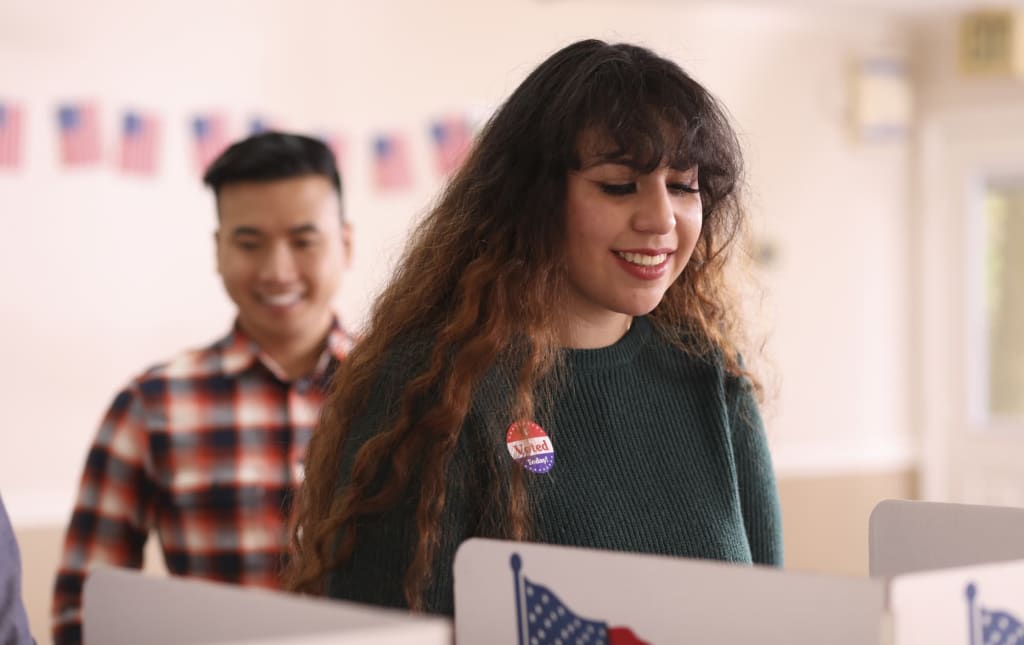As we approach another election season, it’s crucial to be aware of the voting rights issues facing communities of color in the United States. Despite progress made in the fight for equal voting rights, disparities still exist that disproportionately affect minority communities. Here are four pressing issues that continue to impact communities of color:
1. Voter ID laws: One of the most hotly debated voting rights issues is the implementation of voter ID laws. These laws require voters to show specific forms of identification before being allowed to cast their ballots. While proponents argue that these laws help prevent voter fraud, opponents argue that they disproportionately impact communities of color, who are less likely to possess the required forms of ID. Studies have shown that Black and Hispanic voters are more likely to lack the necessary identification, leading to potential disenfranchisement.
2. Voter suppression tactics: Voter suppression tactics encompass a range of actions aimed at preventing certain groups of people from voting. Tactics such as voter purges, polling place closures, and restrictive voter registration laws disproportionately impact communities of color. These tactics make it harder for minority voters to participate in the democratic process and have a say in their government.
3. Gerrymandering: Gerrymandering is the practice of manipulating the boundaries of voting districts to give a political advantage to one party or group. This can dilute the voting power of communities of color by splitting them up across multiple districts or packing them into a single district. Gerrymandering can result in minority communities being underrepresented in government and can lead to policies that do not reflect the needs and interests of these communities.
4. Language barriers: Language barriers can also present a significant obstacle to voting for communities of color, particularly for those who are limited English proficient. Many states do not provide adequate language assistance at polling places, making it difficult for non-English-speaking voters to understand the voting process. This can lead to confusion, frustration, and ultimately, lower voter turnout among minority populations.
Addressing these voting rights issues facing communities of color is essential for ensuring a fair and inclusive electoral system. It is crucial for policymakers to work towards implementing reforms that protect and uphold the voting rights of all Americans, regardless of their race or ethnicity. By fostering greater access to the ballot box and eliminating discriminatory barriers, we can help build a more equitable democracy for all.
